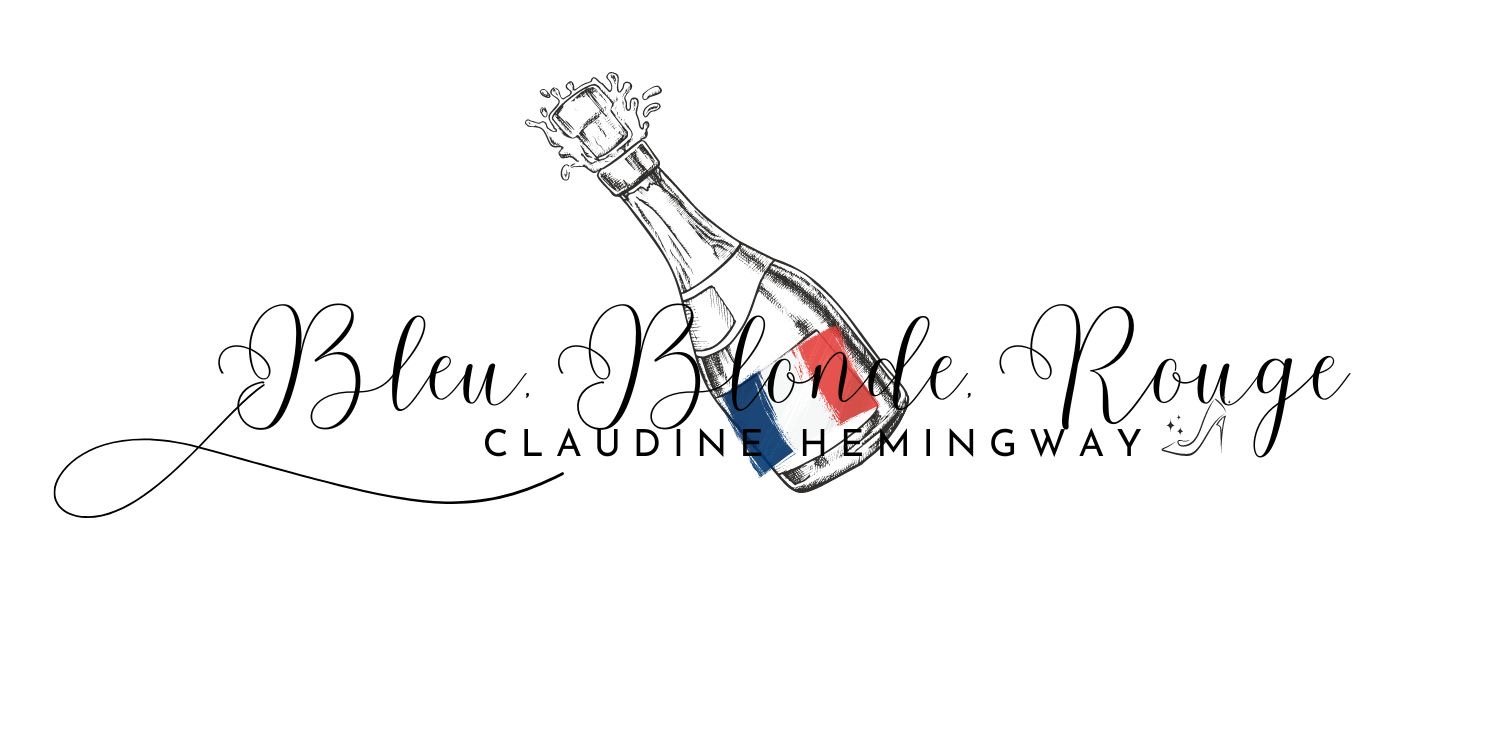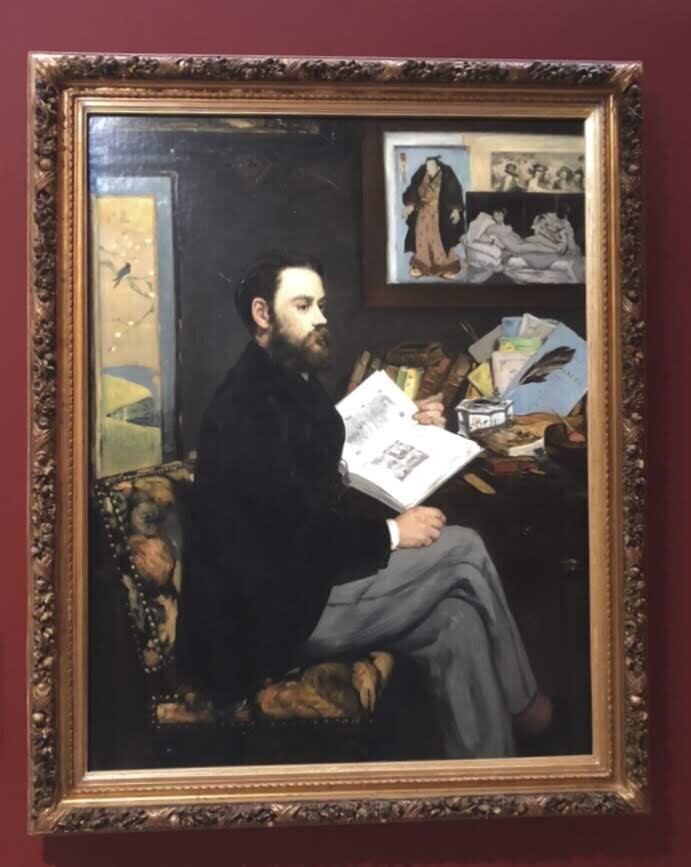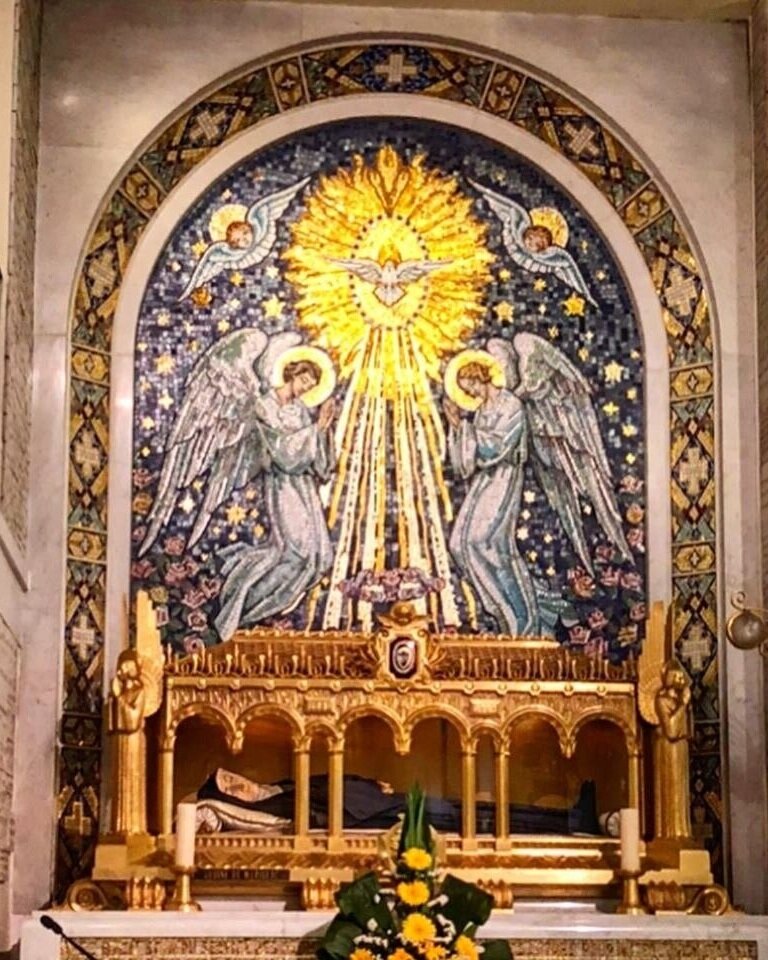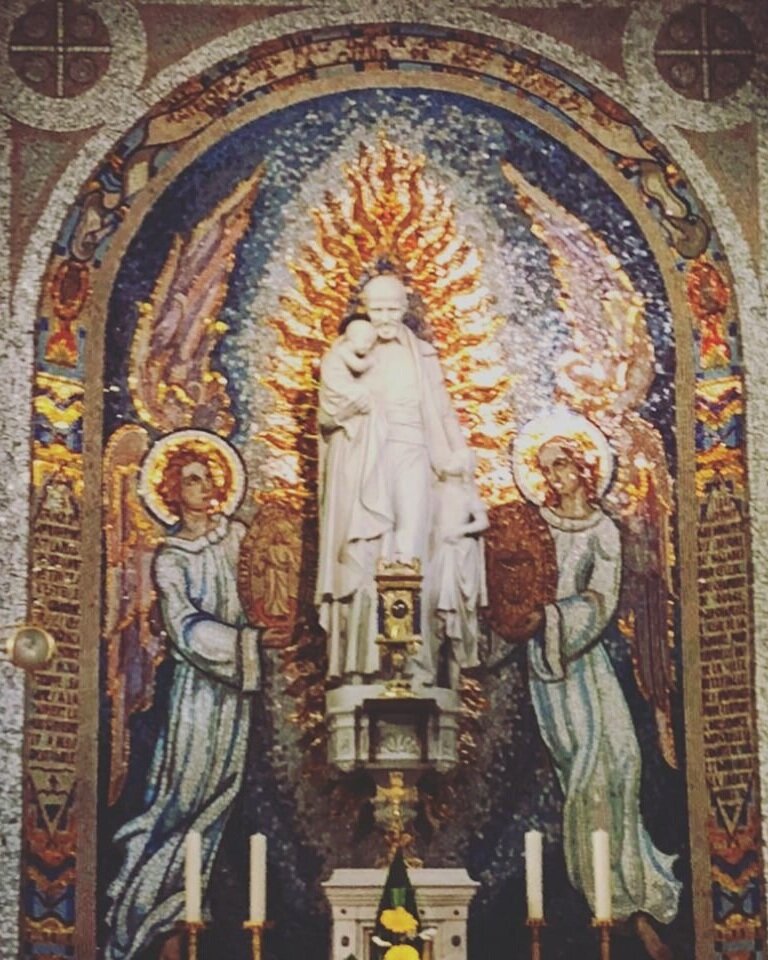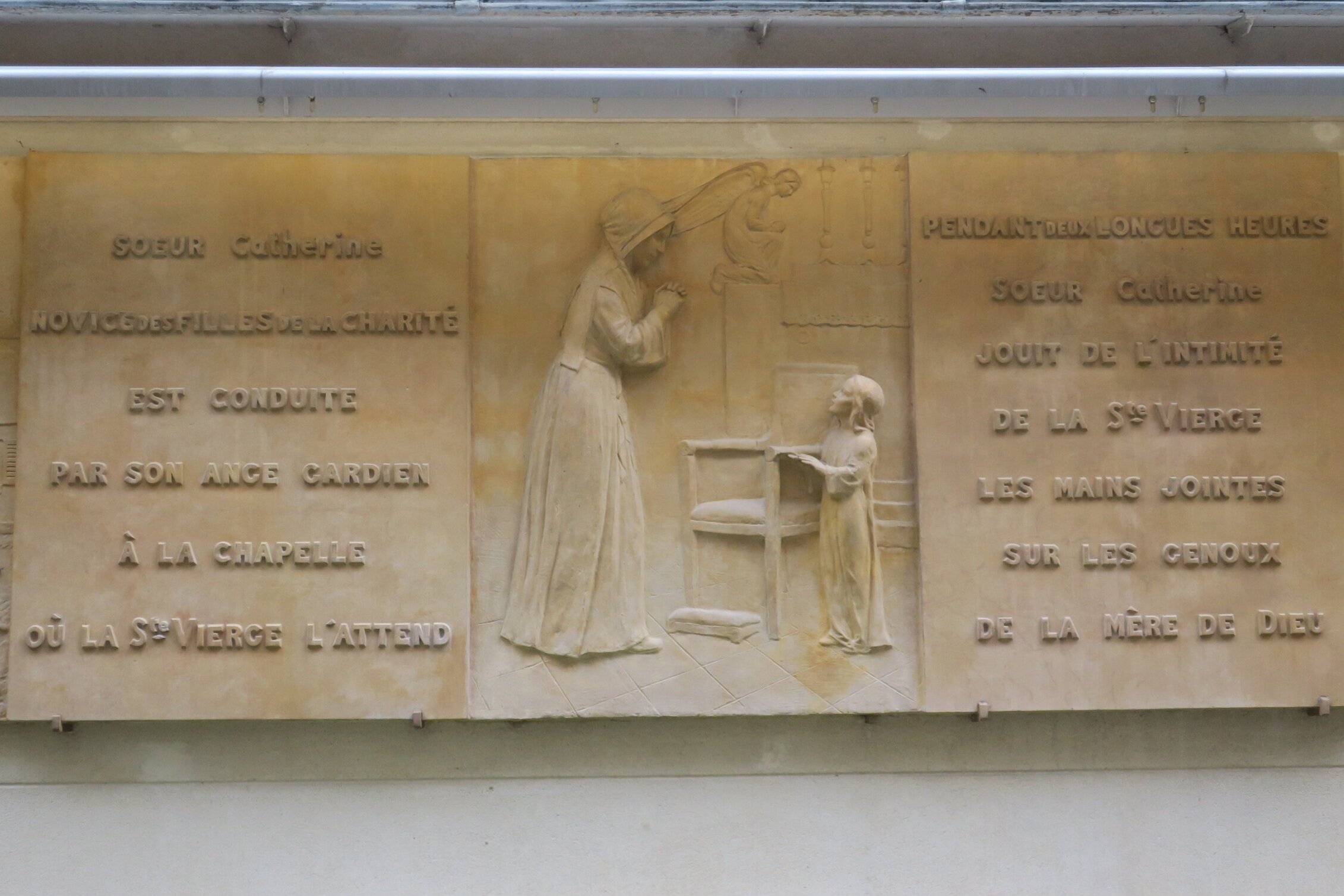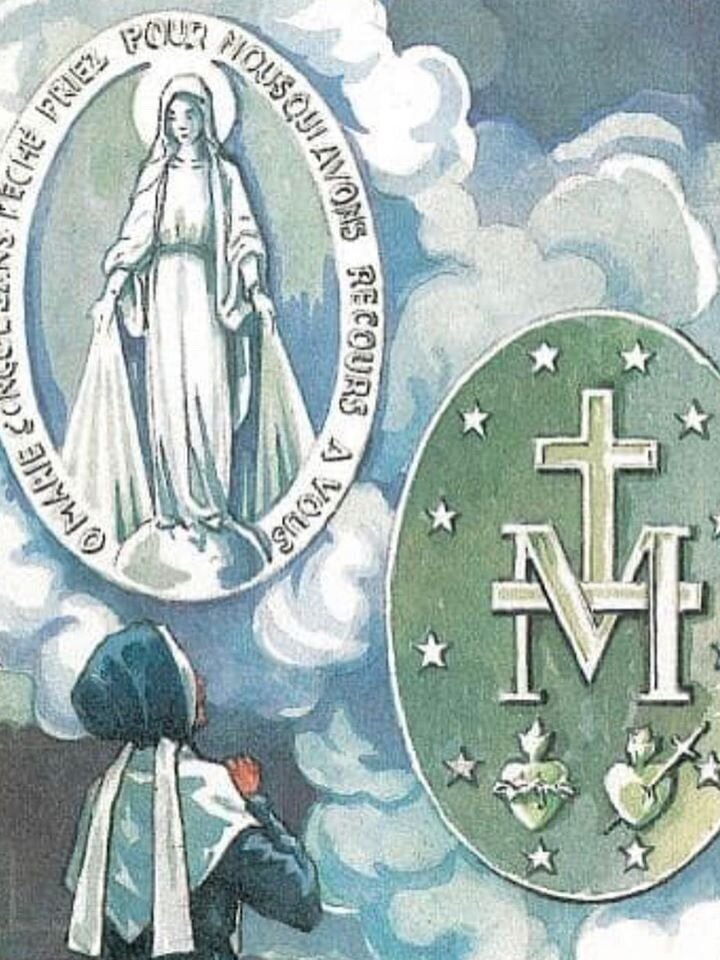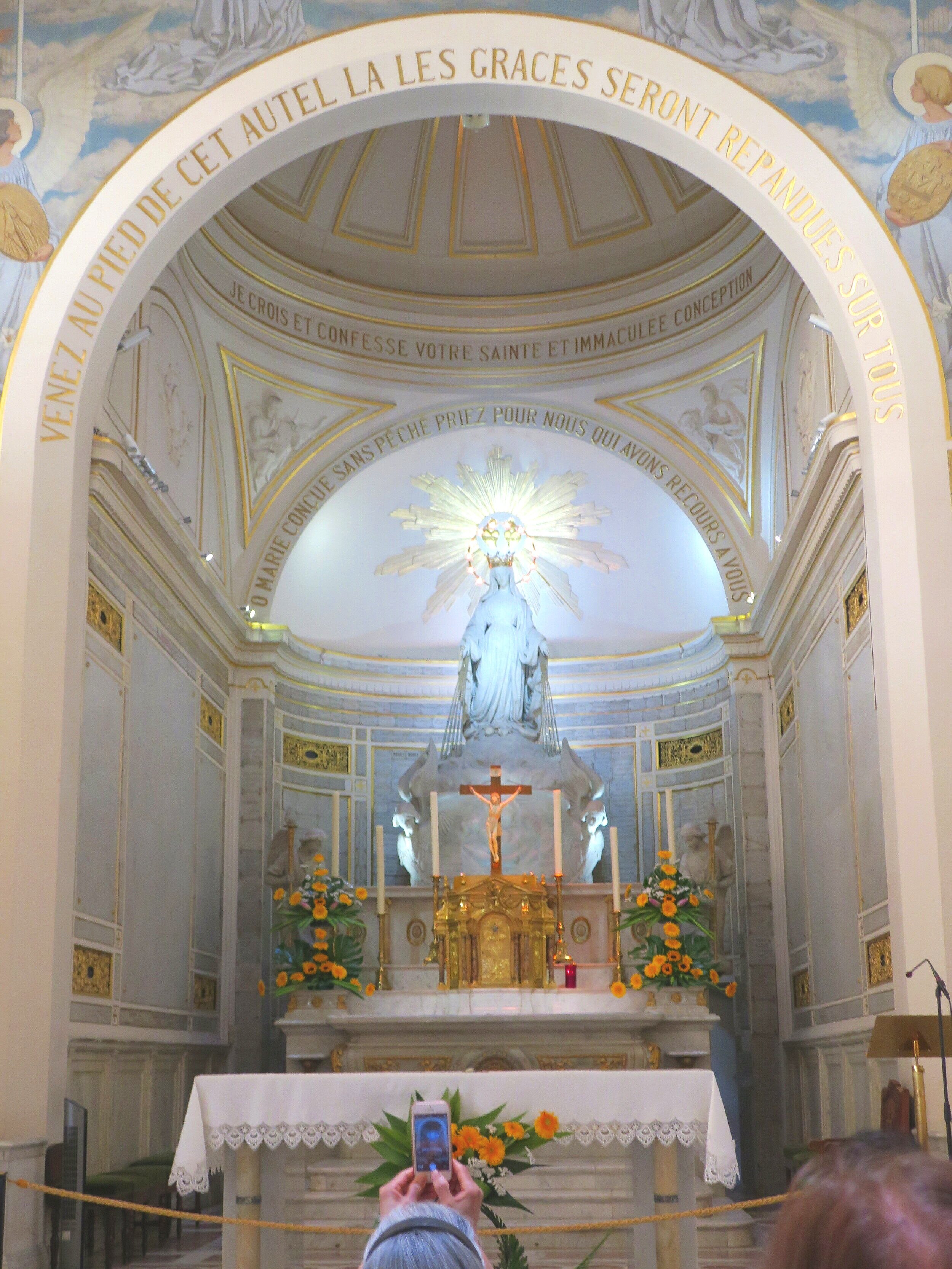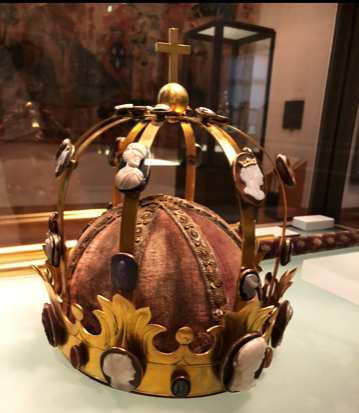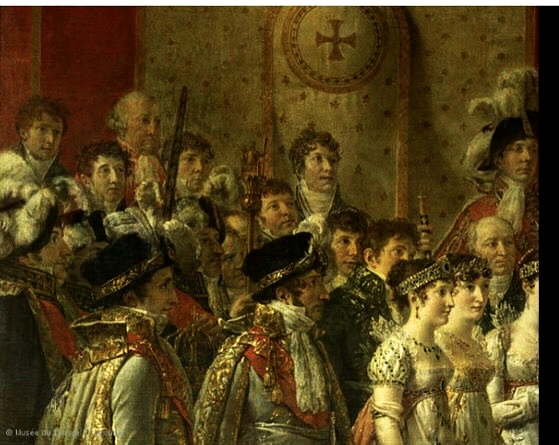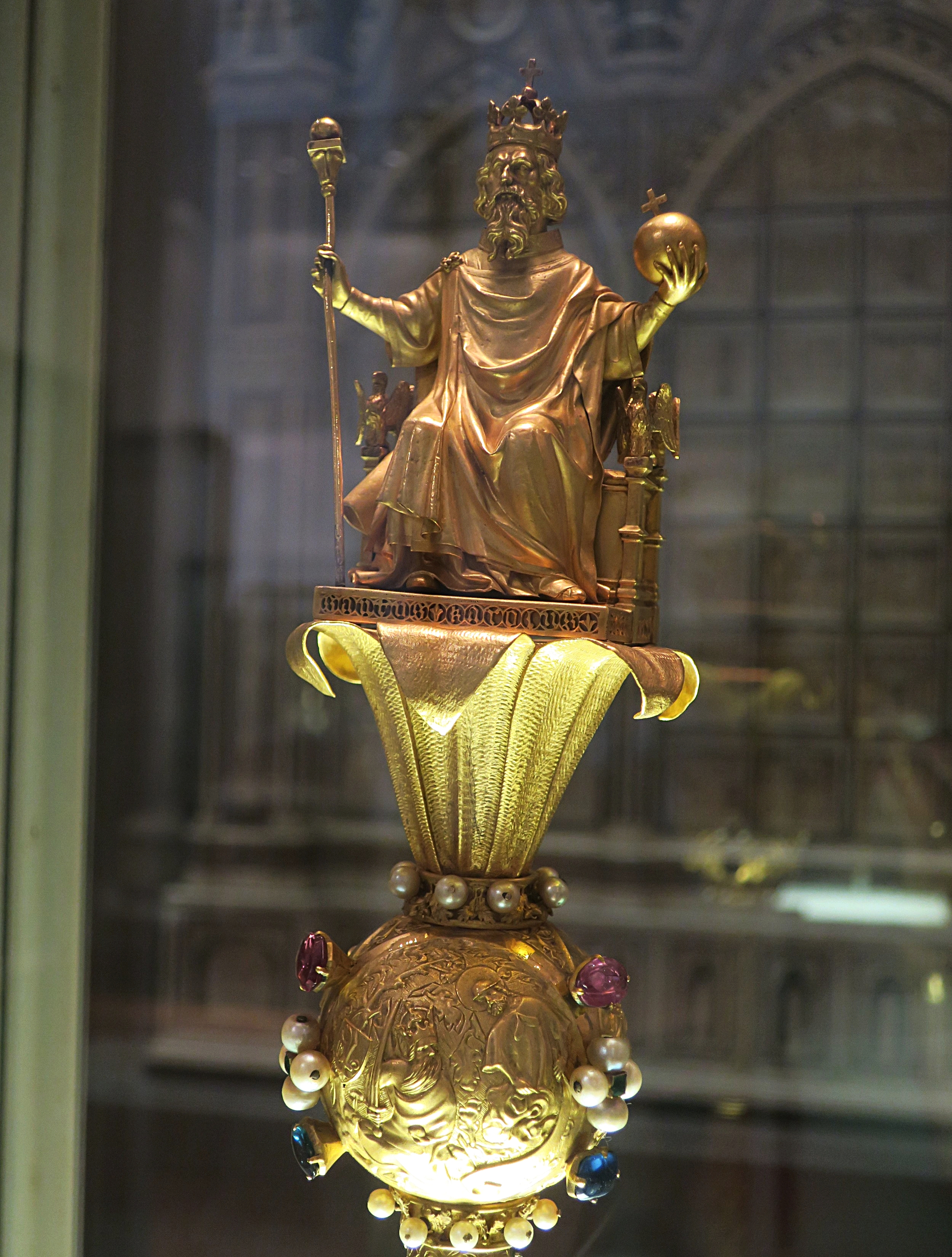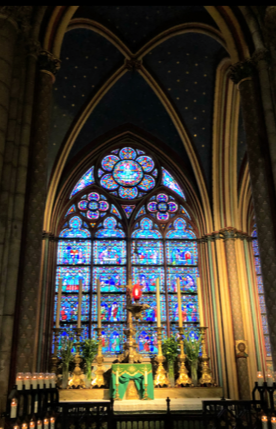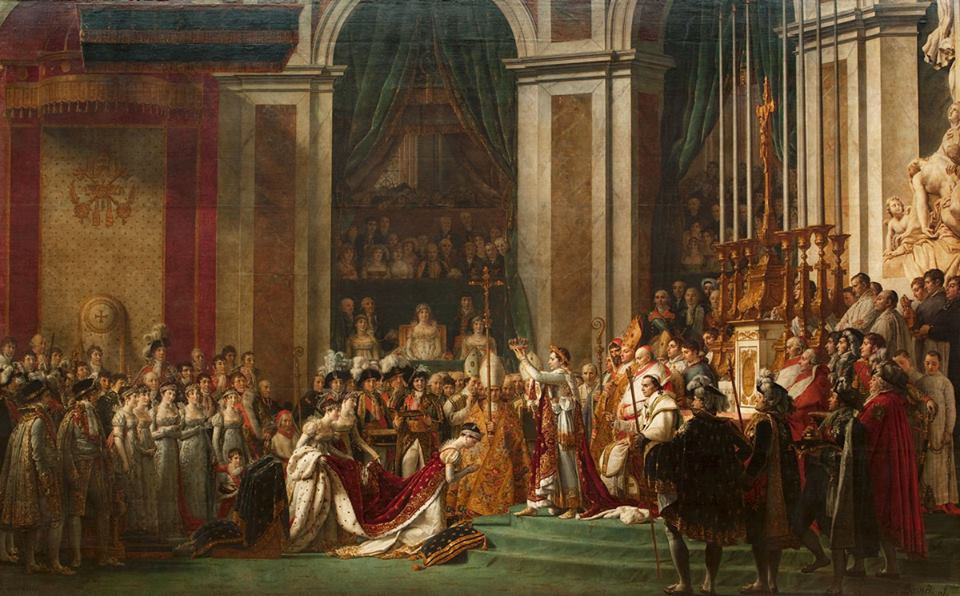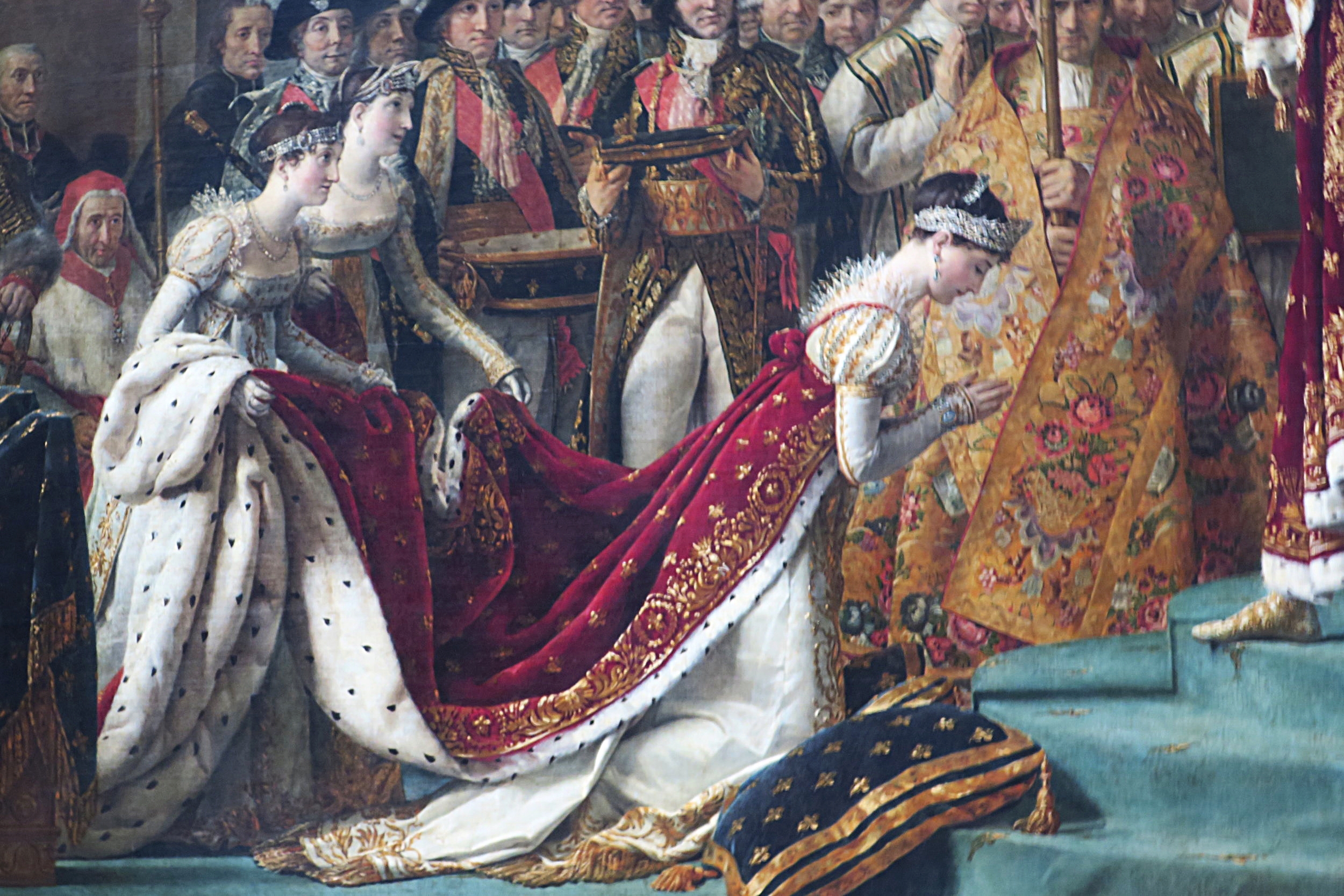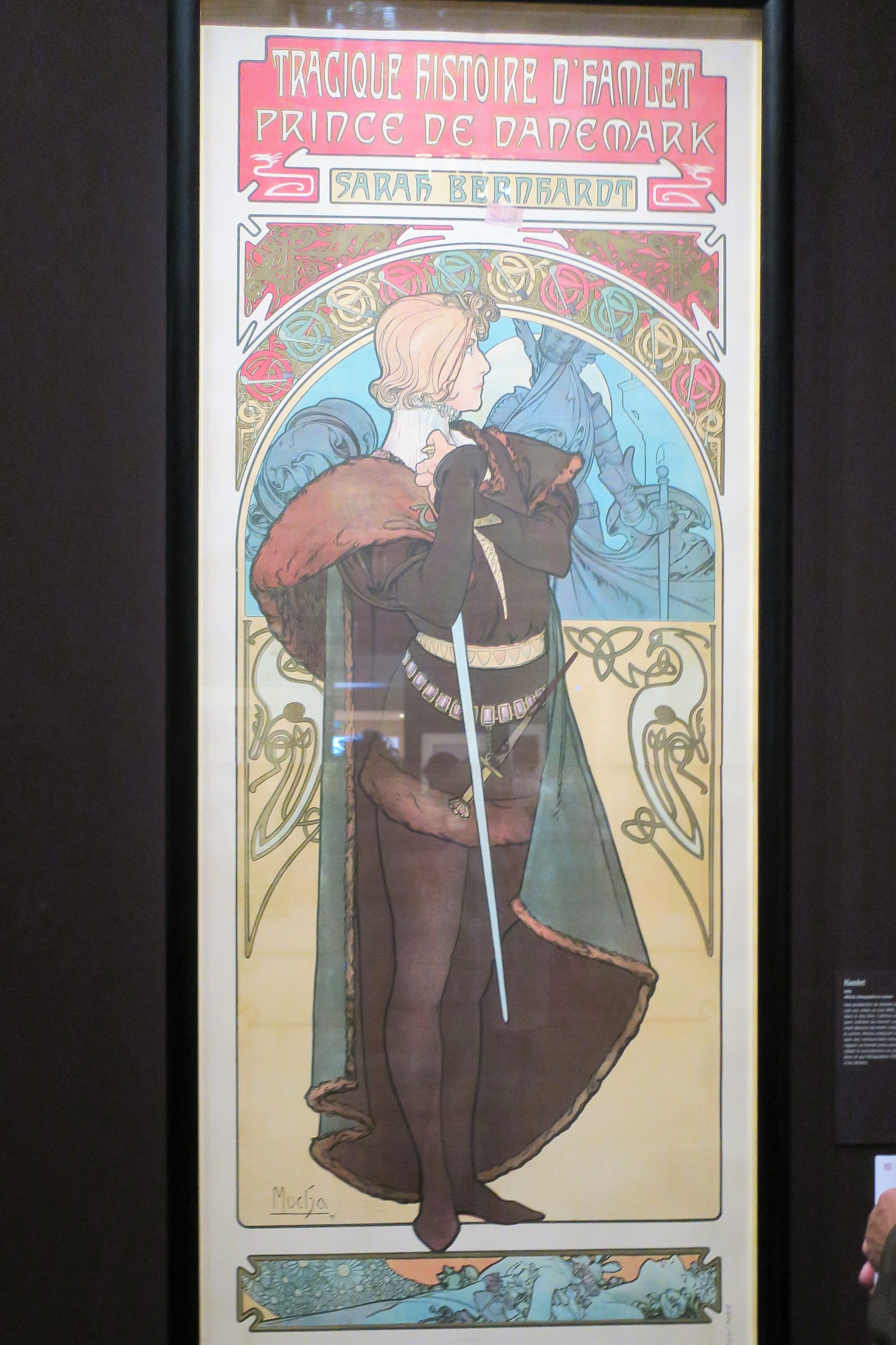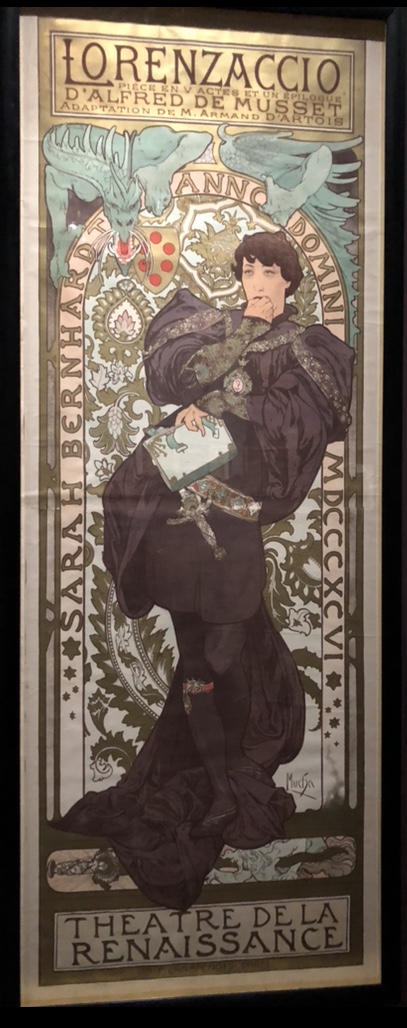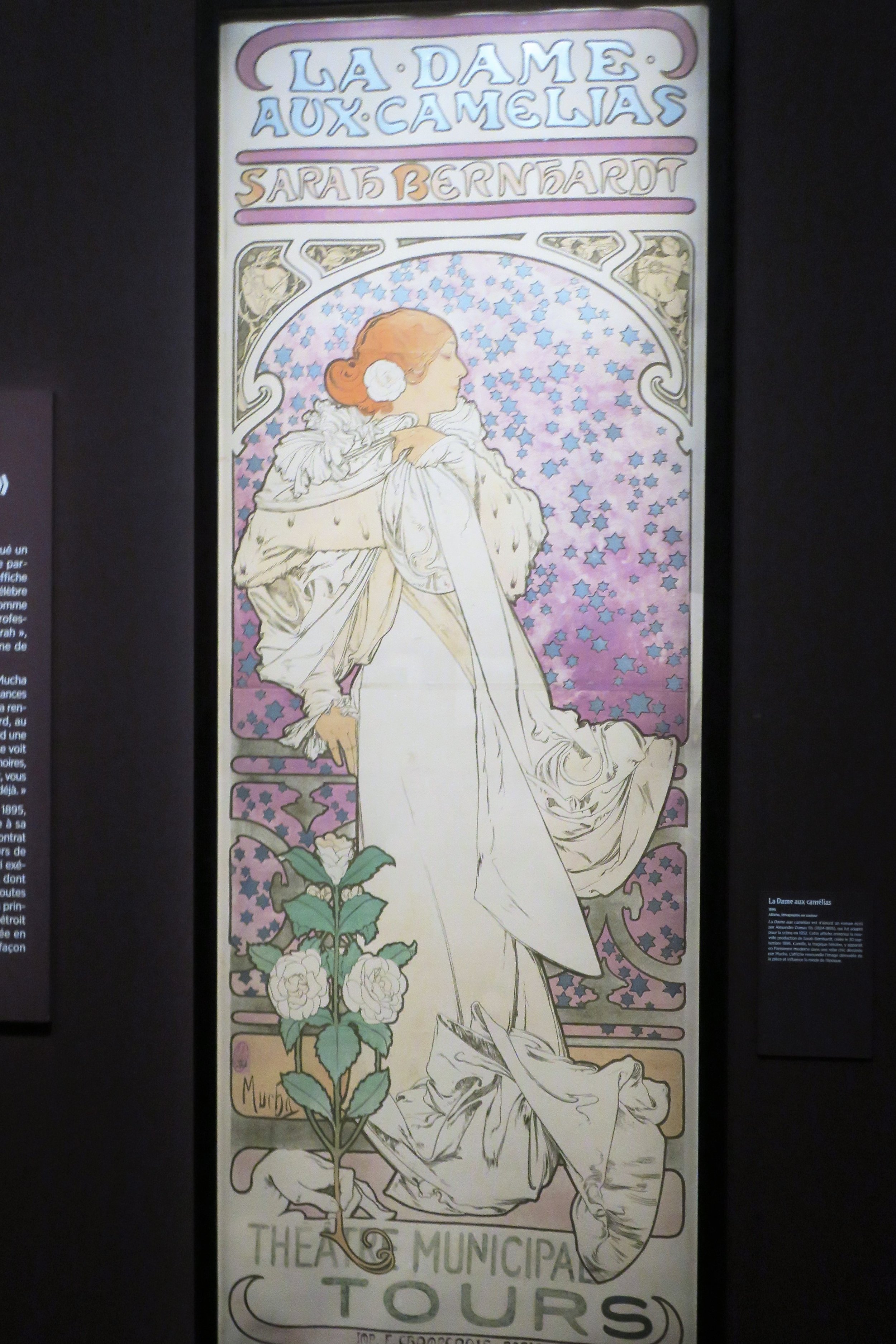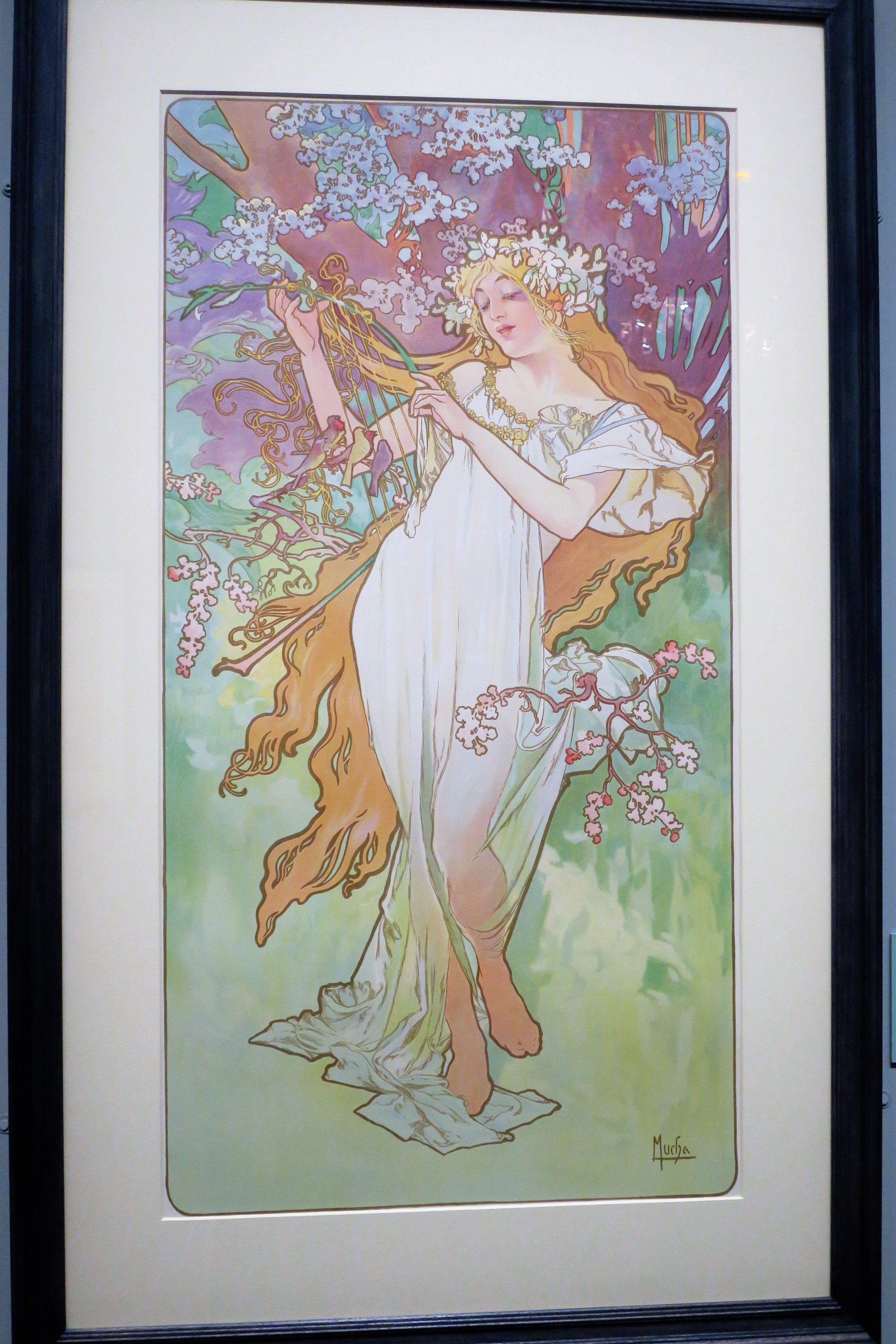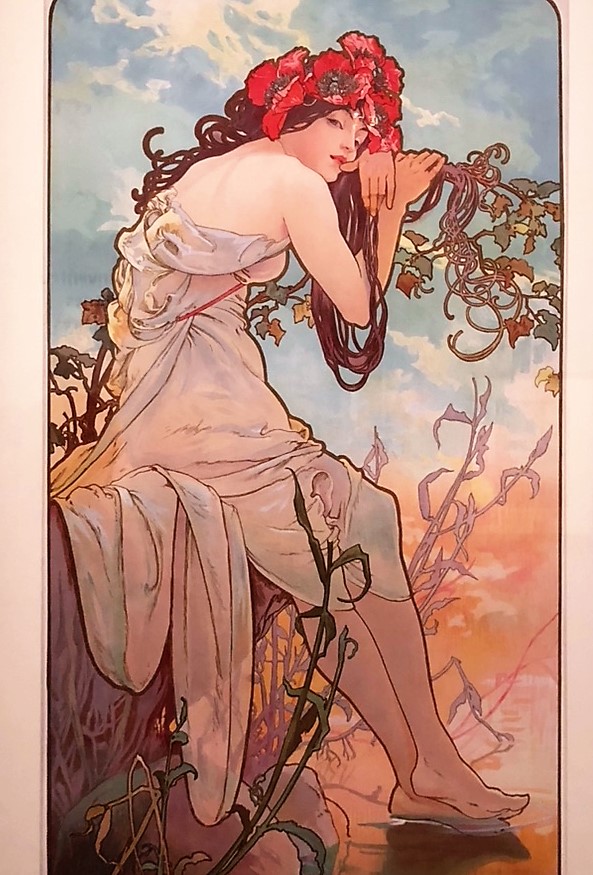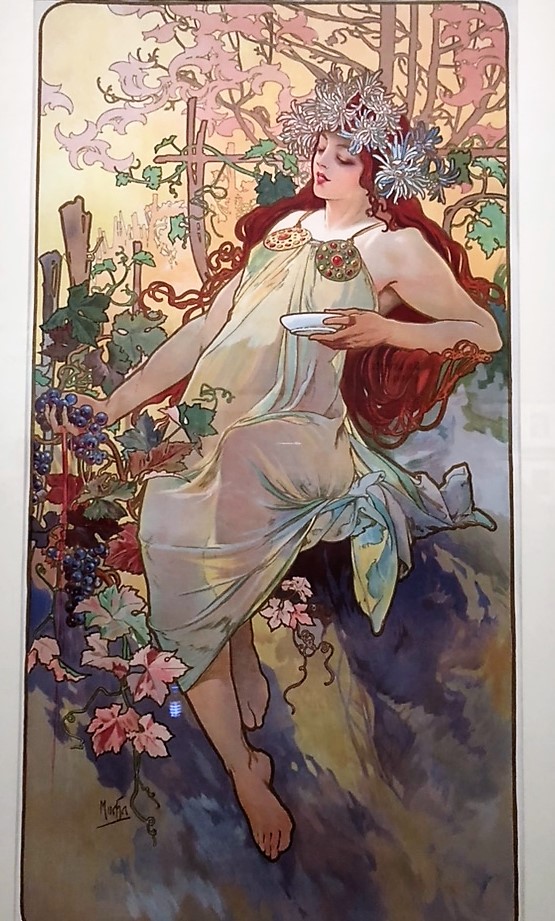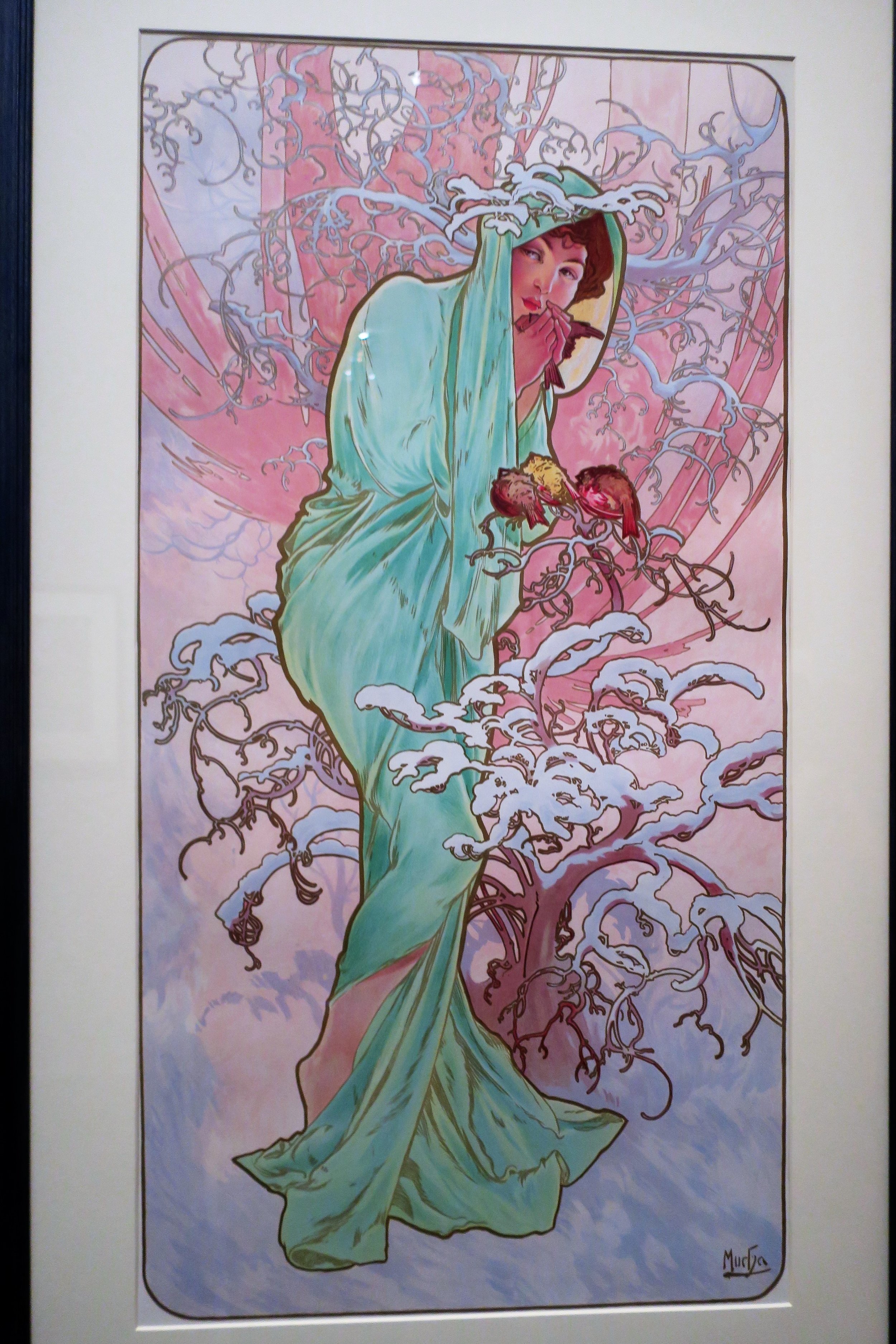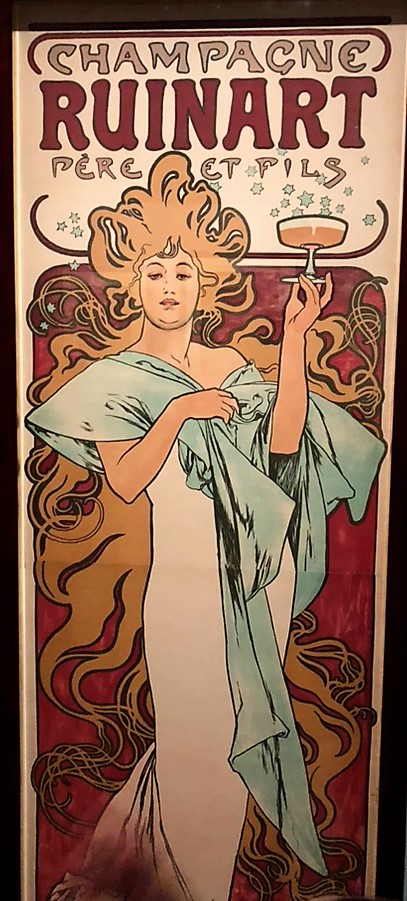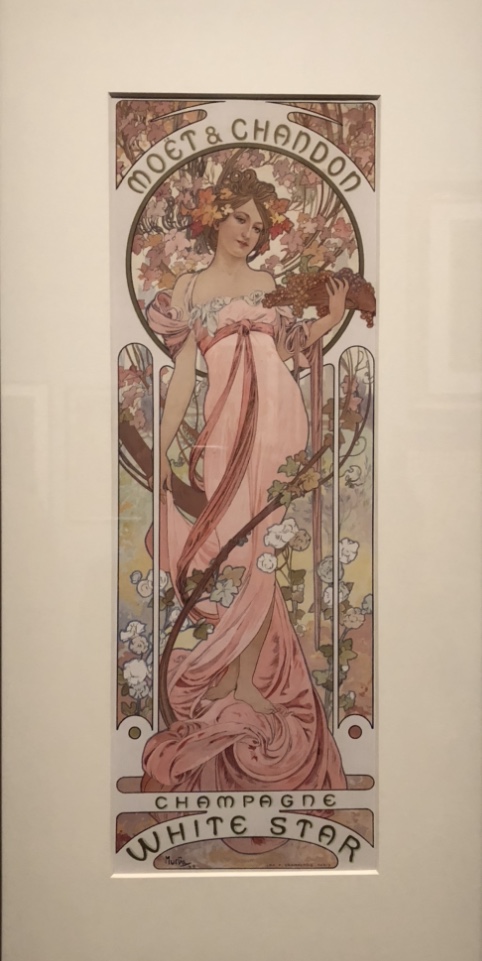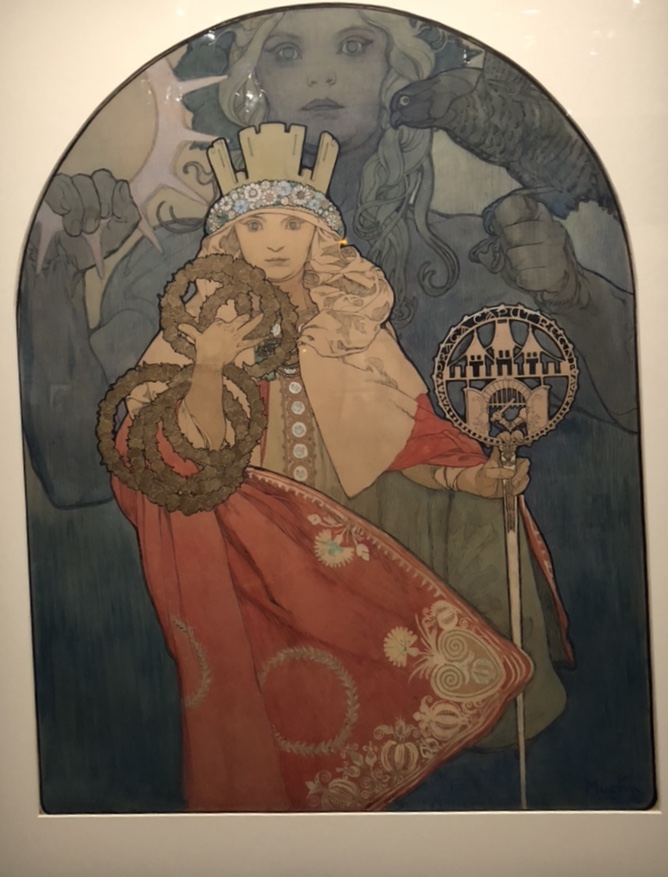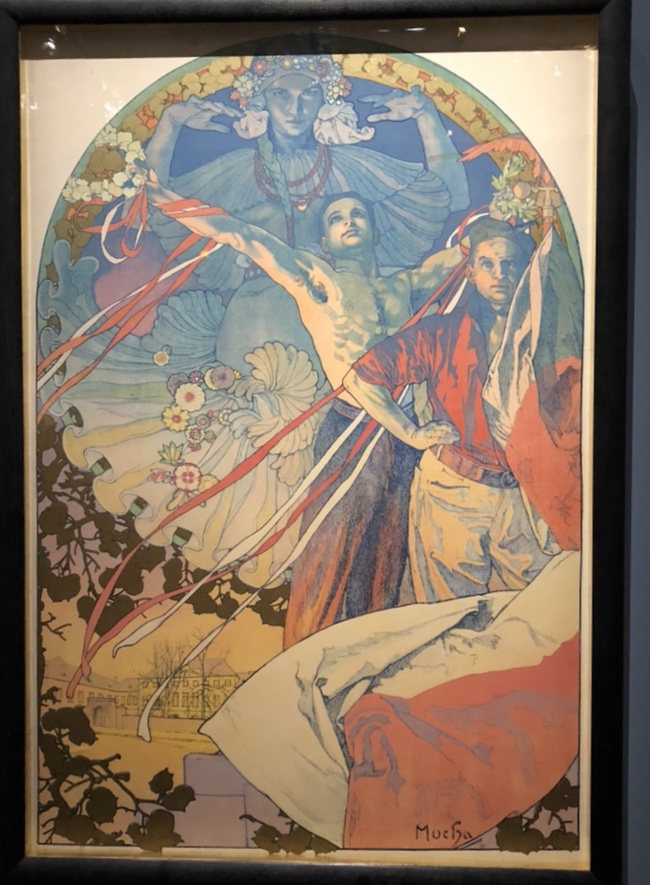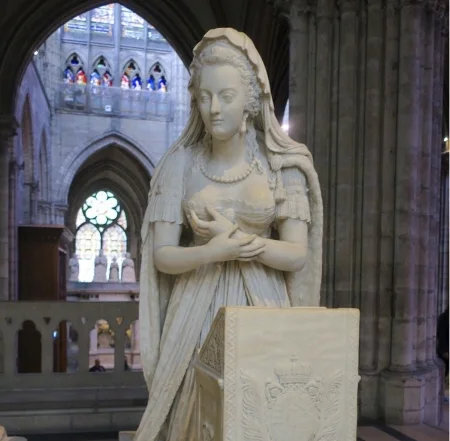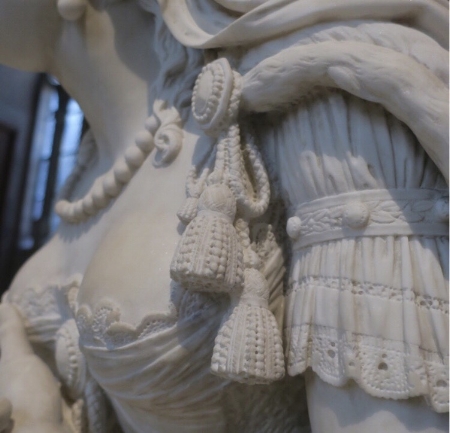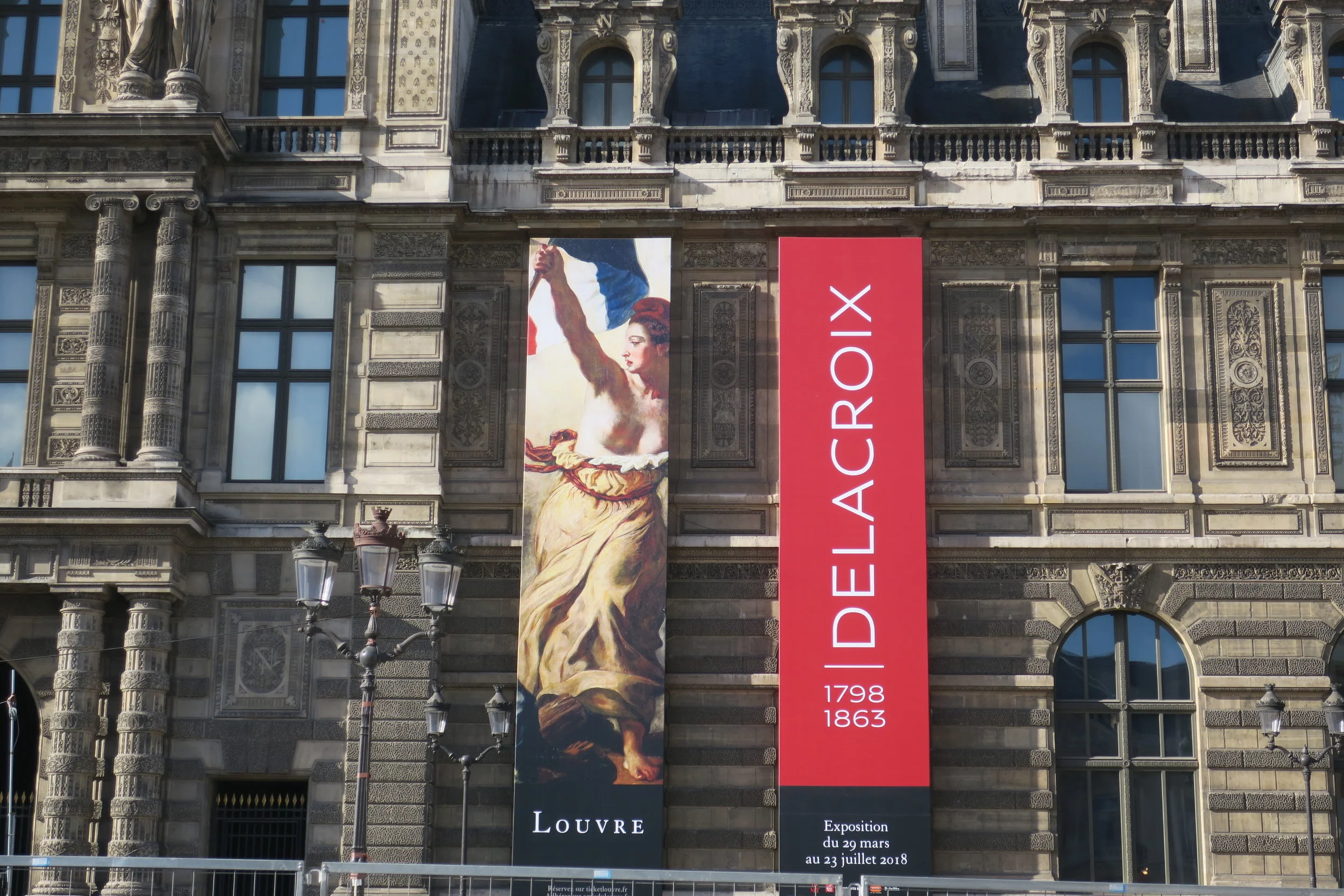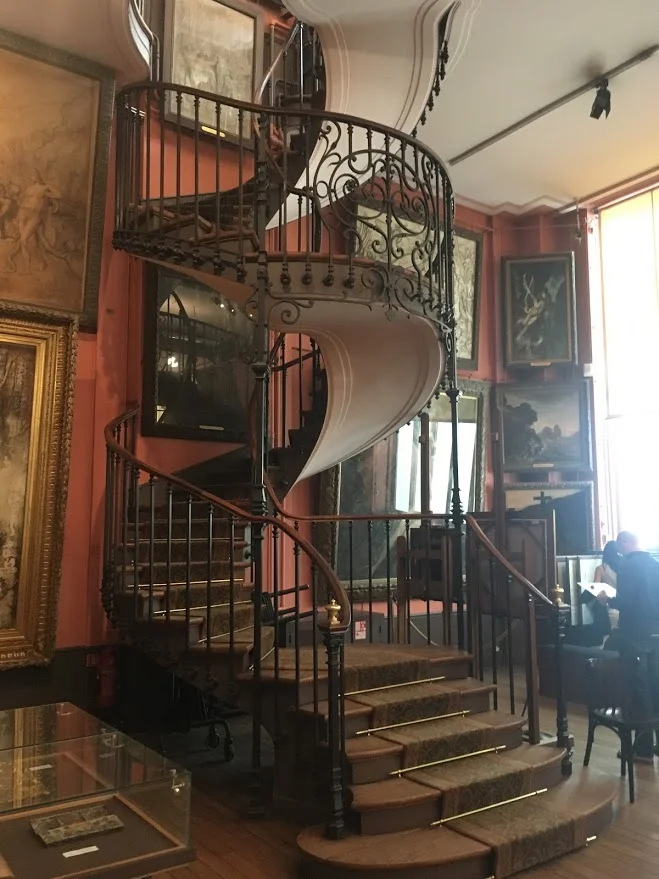Dante’s Divine Comedy would be published in 1472. Dante spent more than 12 years writing the narrative poem and finished it in 1320 less than a year before he would die. Recanting the three levels of afterlife, Inferno (hell), Purgatory and Paradise (heaven) he follows the characters as they navigate their destined ending. Many have been moved by Dante’s piece including many artists. In Paris you can find him in the museums and even on the streets. Around 1307, for two years Dante attended the University of Paris living in the 5th, not far from the street that now holds his name. Walk a few blocks towards the school and in the Place Marcellin Berthelot you will find the bronze statue of him by Jean-Paul Aubé complete with his signature laurel wreath.
In 1822, Eugene Delacroix completed his first major painting. Dante et Virgile, that now hangs in the Louvre, shows the poet and his trusty guide Virgile on a boat crossing the River Styx while the City of the Dead burns behind them. Dante stands in the boat while Virgile holds him as the waves and the wind are crashing around them. At their feet the damned can be seen fighting for life or resigning to their fate. Pulling the story from the 8 canto of Inferno it would appear at the Salon of 1822 where the French State would buy it and it would hang in the Musée du Luxembourg, later in the Louvre.
William Bouguereau in 1850 also depicted a scene from the Inferno in one of the most thought provoking paintings in the Orsay. Dante et Virgile captures the moment in the 8th circle of hell that was for the falsifiers and counterfeiters. Dante and Virgil look on while Capocchio, a heretic, attacks Gianni Schiecchi who had taken on the identity of a man in hopes to steal his inheritance. The incredible forceful nature of the scene is intense. You can almost feel his knee in your own back. Get close enough to really take in this amazing painting. The way Bourguereau captures their bodies and muscles is astounding and adds to the dimensions of feelings you get when looking at it.
One of the best paintings Ary Scheffer ever did could be his Les Ombres de Francesca de Rimini et de Paolo Malatesta Appraissent a Dante a Virgile. From the 2nd level of Hell reserved for the lustful he captures the moment after the death of the two lovers, Francesca and Paolo. Francesca was married to Giovanni Malatesta but fell in love with his brother Paola. Giovanni caught the two together and killed them. In this painting you can see a wound on his chest and her back a reminder of the horrific crime. The two are seen floating as Dante and Virgil look on, it is almost too beautiful looking to be hell. Scheffer’s piece was also displayed at the Salon of 1822, in the same room as Delacroix’s painting which received all the accolades. However today, they both hang in the Louvre for millions of people to appreciate each year.
Perhaps the most famous piece of art based on Dante’s Divine Comedy would be that of Rodin’s Porte de l’Enfer and all the pieces that accompany it. You may have recognized the story of Francesca and Paolo as they are the subject of La Baiser. Paolo and Francesca are locked in their embrace holding a copy of Lancelot and Guinevere in his hand. Carved from sparkling white marble it appears to be the perfect image of love, but evil awaits them. Just as they lean in, Giovanni kills them.
It was to be a part of August Rodin’s monumental work The Gates of Hell, commissioned for the Decorative Arts Museum in 1880. He would work on it for 37 years, until his death and the museum for which it was intended would never be finished. Today a plaster copy sits in the Orsay and a large bronze model at the Musée Rodin.
At the Rodin as you stand and admire his stunning piece filled with the chaos of the moments he so perfectly captured lurking over your shoulder is what Rodin originally called "the poet". The Thinker was imagined to be Dante himself, holding the characteristics of Adam and Prometheus. He wanted a grand figure reminiscent of Michelangelo and one that would reflect the intelligence of the subject. At first the statue was to be a standing full length Dante, but he changed to the crouching and tense figure we know today. The Gates of Hell based on Dante's Inferno would never fully come to fruition, but the Thinker and the Kiss would go on to become two of the most famous statues in the world.
